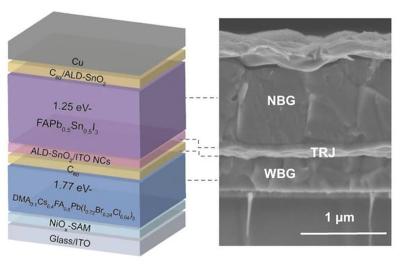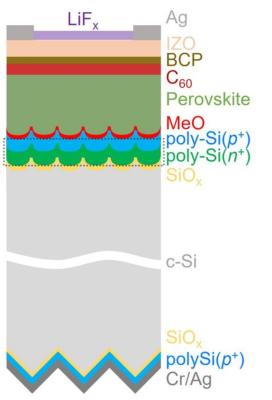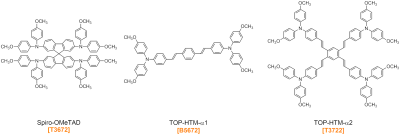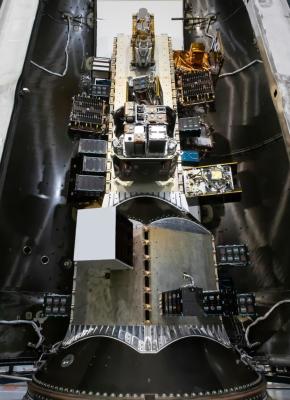Researchers develop a bimolecularly passivated interface that enables efficient and stable inverted perovskite solar cells
Researchers at Northwestern University and University of Toronto have developed a way to improve the efficiency of inverted perovskite solar cell using a combination of molecules to address different issues. They reported a dual-molecule solution to overcoming losses in efficiency as sunlight is converted to energy.
By incorporating a molecule to address surface recombination, in which electrons are lost when they are trapped by defects — missing atoms on the surface, with a second molecule to disrupt recombination at the interface between layers, the team achieved a National Renewable Energy Lab (NREL) certified efficiency of 25.1% where earlier approaches reached efficiencies of just 24.09%.





